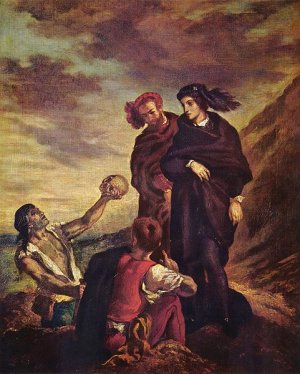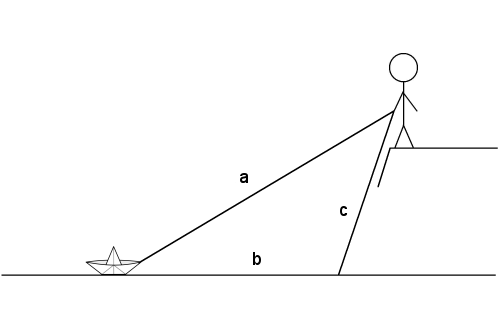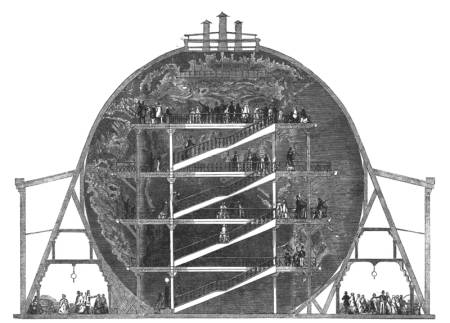
Though it’s three and a half hours long, Lawrence of Arabia contains no credited speaking roles for women.

Though it’s three and a half hours long, Lawrence of Arabia contains no credited speaking roles for women.
123456789 = ((86 + 2 × 7)5 – 91) / 34
987654321 = (8 × (97 + 6/2)5 + 1) / 34
14459929 = 17 + 47 + 47 + 57 + 97 + 97 + 27 + 97
595968 = 45 + 49 + 45 + 49 + 46 + 48
397612 = 32 + 91 + 76 + 67 + 19 + 23
36428594490313158783584452532870892261556 = 342 + 642 + 442 + 242 + 842 + 542 + 942 + 442 + 442 + 942 + 042 + 342 + 142 + 342 + 142 + 542 + 842 + 742 + 842 + 342 + 542 + 842 + 442 + 442 + 542 + 242 + 542 + 342 + 242 + 842 + 742 + 042 + 842 + 942 + 242 + 242 + 642 + 142 + 542 + 542 + 642

Hamlet was a young man very nervous. He was always dressed in black because his uncle had killed his father by shooting him in his ear. He could not go to the theatre because his father was dead so he had the actors come to his house and play in the front parlor and he learned them to say the words because he thought he knew best how to say them. And then he thought he’d kill the king but he didn’t. Hamlet liked Ophelia. He thought she was a very nice girl but he didn’t marry her because she was going to be a nunnery. Hamlet went to England but he did not like it very much so he came home. Then he jumped into Ophelia’s grave and fought a duel with her brother. Then he died.
— English as She Is Taught: Genuine Answers to Examination Questions in Our Public Schools, 1887
James Grainger (1721–1766) had a lot to say about growing sugarcane — unfortunately, he chose to say it in poetry:
Whether the fattening compost, in each hole,
‘Tis best to throw; or, on the surface spread,
Is undetermin’d: Trials must decide.
Unless kind rains and fostering dews descend,
To melt the compost’s fertilizing salts;
A stinted plant, deceitful of thy hopes,
Will from those beds slow spring where hot dung lies:
But, if ’tis scatter’d generously o’er all,
The Cane will better bear the solar blaze;
Less rain demand; and, by repeated crops,
Thy land improv’d, its gratitude will show.
Grainger’s 1764 epic “Sugar-Cane” runs on for an excruciating 162 pages, with footnotes, waxing lyrical over every aspect of cane farming, from climate to pest control. James Boswell told Samuel Johnson that a reading of the poem at Sir Joshua Reynolds’ “had made all the assembled wits burst into a laugh when, after much blank verse pomp, the poet began a new paragraph thus:
“‘Now, Muse, let’s sing of rats.’
“And what increased the ridicule was, that one of the company, who slyly overlooked the reader, perceived that the word had been originally mice, and had been altered to rats, as more dignified.”

A boy at the edge of a pond pulls a toy boat ashore. If he pulls in one yard of string, will the boat advance by more or less than one yard?
Surprisingly (to me), it will cover more than one yard. Because the boy is above the level of the water, he won’t pull in the entire length of string — length c will remain when the boat reaches shore. The length he’ll pull in, then, is a – c.
In any triangle, the sum of the lengths of any two sides must be greater than the length of the remaining side, so b + c > a and b > a – c — so the boat travels a greater distance than the length of string pulled in.
menticulture
n. cultivation and improvement of the mind

Mapmaker James Wyld gave London an enormous gift in 1851 — a 60-foot globe fitted with an internal staircase from which visitors could view the surface of the world, complete with rivers and mountains sculpted in plaster. More than a million guests filed through the exhibit in 1851, which promised “the whole extent, figure, magnitude, and multifarious features of the world we live in, as if it were one vast plain.”
“It has been suggested to us that the interior should be fitted up as lodgings for foreigners,” Punch enthused. “By this arrangement a foreigner would feel himself perfectly at home, though really abroad.”
In the same spirit, in 1831 the skeleton of a 95-foot bowhead whale was displayed in a pavilion at Charing Cross, as part of a tour that had also touched Ostend and Paris. Visitors could ascend a flight of steps to a stage set within the ribcage, where they could sit at a table and write puns in the guest book. (“Why should we be mourned for if killed by the falling of the bones of the whale? We should be be-wailed.”) Jokers called the pavilion “the palace of the Prince of Whales.”

Phelim O’More was indicted at a county assize, in Ireland, for a rape.
His defence was ingenious. He gave in proof that he had a garden of beans, in which the prosecutrix committed, nightly, trespasses and depredations.
That having caught her stealing his beans, he declared, if she came again she might expect such consequences as she swore to on trial.
She came, and he kept his word.
The Court were of opinion, that the notice and the trespasses in the bean garden purged the act of felony, by showing consent a priori in the prosecutrix — and the culprit was acquitted.
— Public Advertiser, Aug. 26, 1789
Paul Erdös claimed to be two and a half billion years old.
“When I was a child, the Earth was said to be two billion years old,” he said. “Now scientists say it’s four and a half billion. So that makes me two and a half billion.”

This magic word cube was devised by Jeremiah Farrell. Each cell contains a unique three-letter English word, and when the three layers are stacked, the words in each row and column can be anagrammed to spell MOUSETRAP.
Setting O=0, A=1, U=2, M=0, R=3, S=6, P=0, E=9, and T=18 produces a numerical magic cube (for example, MAE = 0 + 1 + 9 = 10).